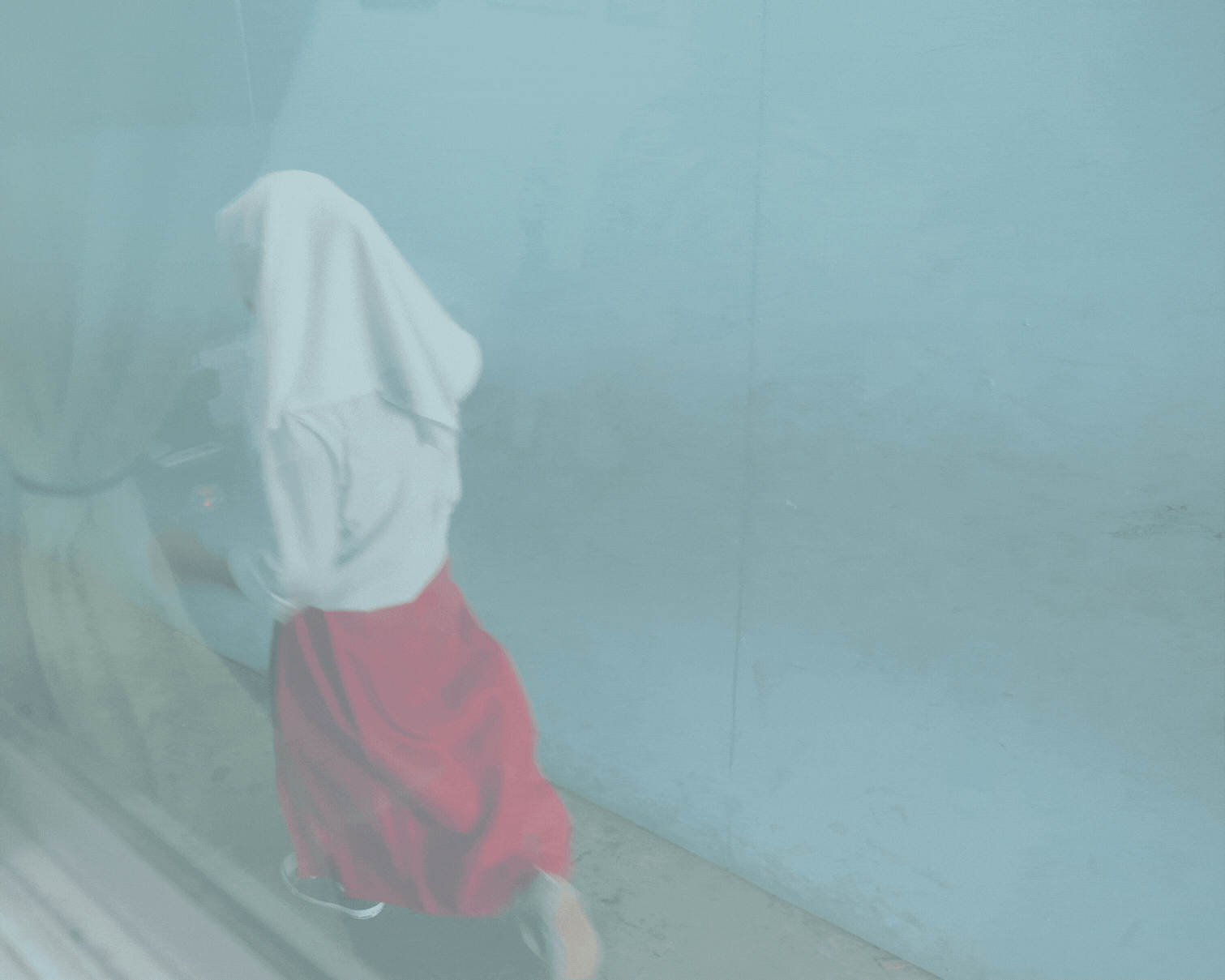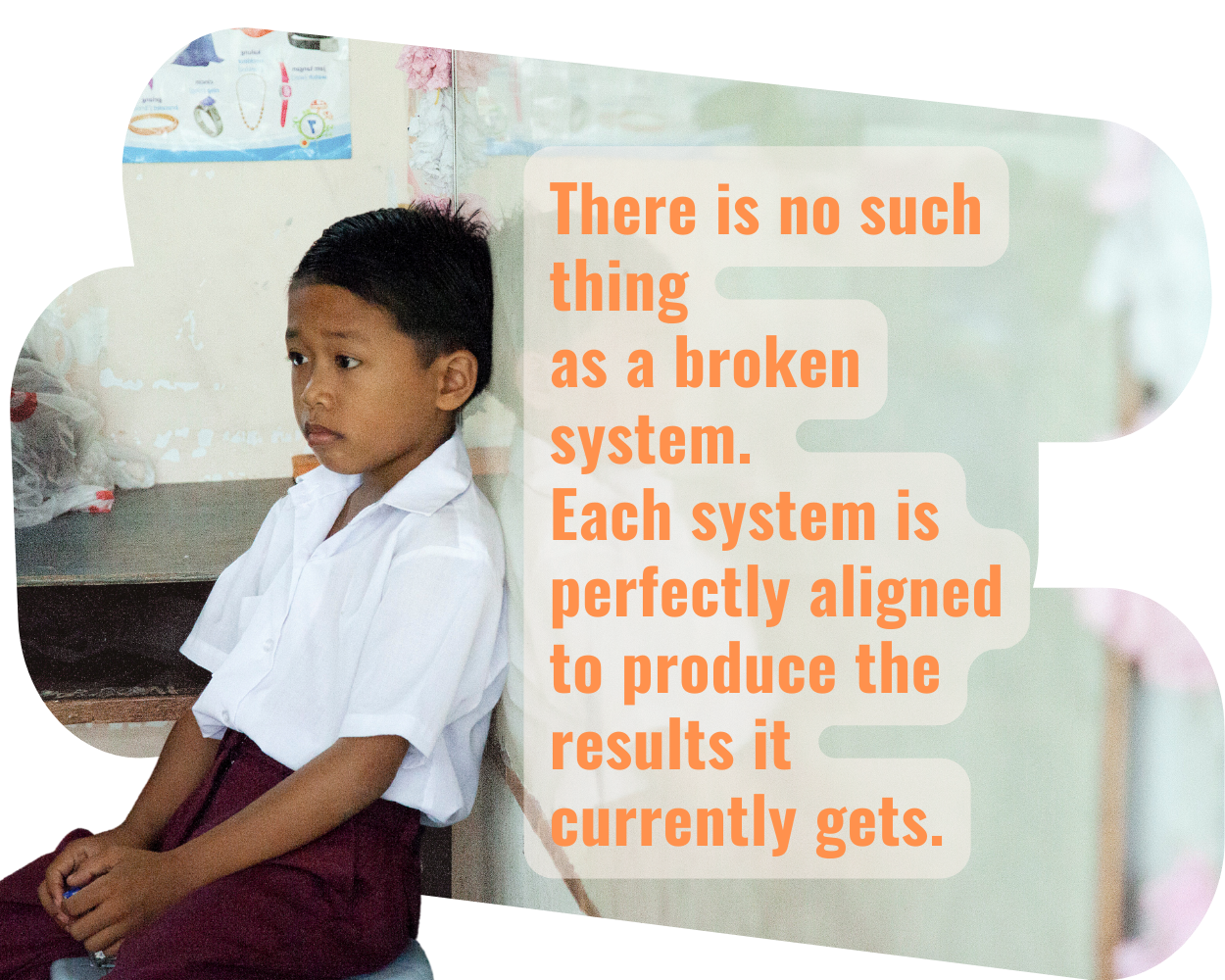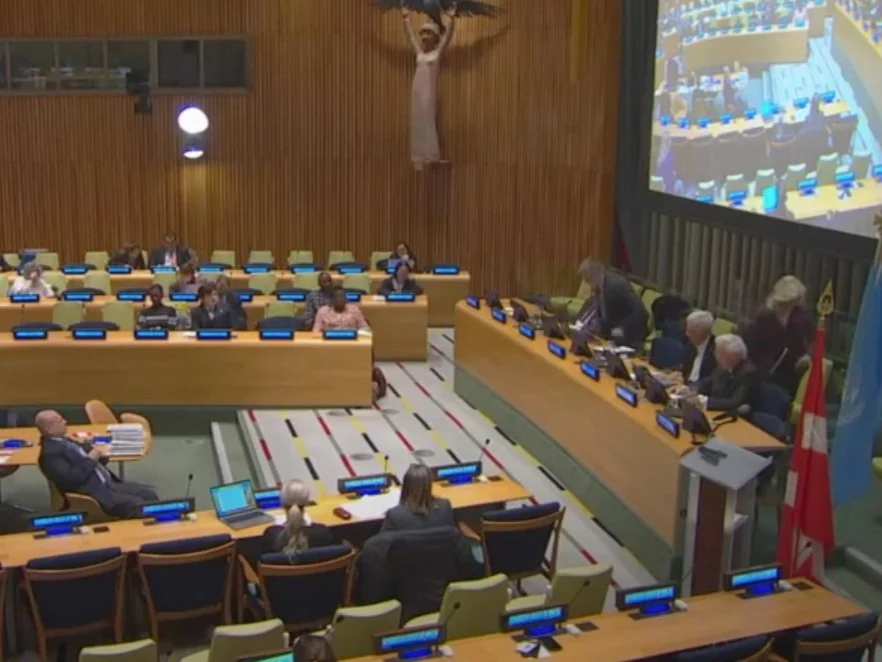
PREVENTING EXPLOITATION ANYWHERE LEADS TO PROSPERITY EVERYWHERE
In the past 25 years, the number of victims in modern slavery and human trafficking has increased while accountability has remained stagnant.
Praeveni Global exists to prevent all forms of exploitation, such as modern slavery, child trafficking, child sexual abuse material and all forms of sexual exploitation.
We work to mobilize resources and promote the adoption of effective policies, strategies and practices that create systems of protection and accountability to ensure vulnerability can become resilience.
Mission and Purpose
The problem of reducing precarity and risk of exploitation and increasing resilience in communities is complex. Preventative actions must be systemic and adaptive. Enforcement and deterrence are ineffective without adequate resourcing¹, allowing exploitative practices to grow at scale and become ever increasingly profitable. This situation leads to a vicious cycle of larger profits creating greater incentives to exploit more.
A global commitment to prevention is essential to transform the system from one that permits exploitation to one that actively prevents it. There is no such thing as a broken system. Each system is perfectly aligned to produce the results it currently gets.²
Our primary mission is to substantially increase investment in prevention and to urge more critical thinking on the adoption and application of policies, strategies and mechanisms that will actually prevent exploitation.
[1] In 2023 global prosecutions were 18,774 (only 3,684 for labor) with only 7,115 convictions (1,256 for labor) https://www.state.gov/reports/2024-trafficking-in-persons-report/
[2] https://deming.org/when-is-a-system-not-a-system/
Our core strategy is the “30x30 campaign”. We aim to mobilize $30 billion per year by 2030, primarily from investments by G20 governments, to ensure protecting the most vulnerable is not just possible but inevitable.
Some 700 million people in the world live on less than $2.15 per day, and 1.7 billion on less than $3.65 per day. All live in precarity and many risk potentially exploitative work conditions in order to survive and earn a subsistence living. By 2030, it is expected that 7.3% of the world’s population will still live in extreme poverty - more than double the World Bank’s 3% target. Vulnerable people put themselves at risk every day as they pursue work opportunities to escape precarity, only to find themselves falling into coercive situations, debt bondage and unpaid wages. Some experience short-term abuse while others are held for months or even years.
Sustainable development and independence is undermined by exploitation, leaving vulnerable populations beyond support and prosperity out of reach. Without greatly improved prevention, they will remain reliant on the aid of others and in precarity.
There is an immediate need to massively increase investment in prevention:
Financial resources must match the scale of the problem. Without much greater investment, vulnerable people will remain at risk from weak protection, enforcement, and deterrence.
A renewed commitment to enforcement is needed to turn the promise of prevention into reality and transform vulnerable communities from sites of exploitation into centers of economic resilience.
Resourcing to prevent exploitation is an investment, not a cost. Prevention strengthens intergenerational wealth and local economies, reduces precarity, and creates sustainable development.
Kevin Hyland OBE highlights the crucial lack of resources to combat modern slavery and human trafficking before a UN audience. He inaugurates the call for G20 governments and others to invest at least $30 billion per year to prevent human trafficking, instead of the $1 billion spent today! This investment should be in place by 2030.
A panel of experts convened by the G20 Interfaith Forum, discusses the successes and failures in combatting modern slavery and human trafficking since the Palermo Protocol of 2000. Kevin Hyland OBE calls again for $30 billion per year to be invested by 2030.
Action








